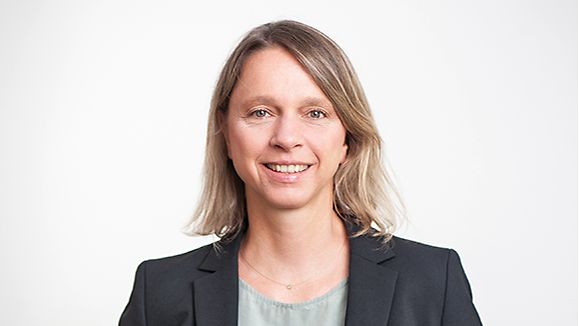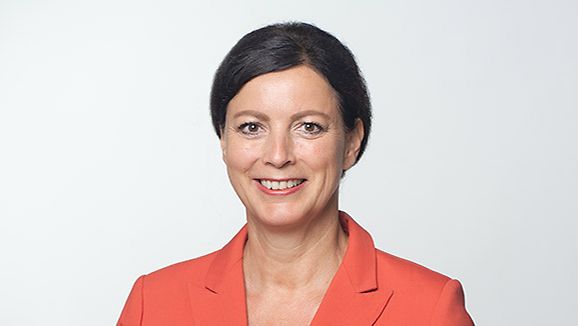Germany is Europe’s number one 3D printing market. With its renowned engineering heritage, Germany boasts numerous manufacturing facilities in those industries that can help international investors expand into Europe.
Your company is already operating in Germany and you would now like to export worldwide?
Key Facts
Facts & Figures
- Four out of ten industry companies in Germany already use 3D printing. A bitkom survey shows that some 44 percent of industrial companies in Germany with more than 100 employees were already using 3D printing technologies and 20 percent planned to use them in the near future. Industrial companies already using 3D printing primarily produce samples or molds (57 percent), spare parts (48 percent) and visual models (33 percent).
- AM plant technology sales by industry reflect the broad application potential. The uniform distribution across a wide range of industries - with the automotive, aerospace, and medical technology and dental segments - forming a focal point with around half of the total market. Germany boasts numerous manufacturing facilities in these industries.
- With 37 manufacturers who produce and sell industrial AM systems, Germany ranks first within Europe and - together with China – is second worldwide only after the US.
- Europe is the leader in metal AM systems, with 49 manufacturers of AM metal systems in 2022 - compared to 23 in the US and 16 in China. The installed base for metal AM system is currently dominated by German manufacturers including EOS, SLM Solutions and Trumpf. Including the Concept Laser facilities acquired by US group General Electric, system technology produced in Germany makes up more than half of the globally installed base.
- Germany is also a leader in the field of research and development of metal AM systems. The Fraunhofer ILT is generally regarded as the founder of laser-based additive manufacturing. RWTH Aachen, for instance, also conducts research on processing low-cost steel using AM and hot isostatic pressing in the framework of its HIGHRES project.
Opportunities
Funding Possibilities
Funding for the 3D printing industry is provided within national and European framework programs to promote industry innovation, materials research and digitalization. One example is the “KMU-innovativ: Materialforschung” (ProMat_KMU) funding program of the Federal Ministry of Education and Research (BMBF). Companies can also participate in calls for funding from individual federal states. The European Union funded AM research projects with over EUR 400 million during the period 2008 to 2022. Within the European “Horizon Europe” framework program for research and innovation, specific funding can be found in cluster 1 (“Health” - personalized medicine) and cluster 4 (“Digital, Industry and Space” - manufacturing technologies and advanced materials). Another funding option is the “EIC Accelerator” program for start-ups and SMEs.
Support for Start-ups
Germany offers optimal conditions for start-ups developing new additive manufacturing technologies thanks to a plethora of universities and research institutions that conduct 3D printing research. Venture capital funds, such as leading German venture capital firm AM Ventures, are increasingly investing in additive manufacturing start-ups.
Networks and Clusters
There are several AM networks in Germany that provide ample opportunity for exchange between member companies, help in identifying research partners as well as representing common interests to policymakers. Selected clusters are:
Mobility/Medical Goes Additive (MGA) network based in Berlin
Bavarian AM Cluster (BAMC) and Additive Manufacturing Coordination Office at Bayern Innovativ
Additive Manufacturing Nordwest e.V. or 3D-Druck Nord in the north of Germany
AM for Climate Neutrality
Additive manufacturing technologies have the potential to revolutionize production and create sustainable advantages. Germany’s climate goals to achieve climate neutrality by 2045 are creating attractive business opportunities and favorable conditions for AM companies.
Business Environment
Innovative R&D Environment
Germany's outstanding position in additive manufacturing R&D is illustrated by the number of published patents. In 2021, Germany took second place worldwide behind the USA and first place in Europe with 69 patents.
The selected organizations are attractive research partners for potential investors:
Fraunhofer Competence Field Additive Manufacturing
Aachen Center for Additive Manufacturing
Additive Manufacturing Center Dresden
Federal Institute for Materials and Research and Testing (BAM)
Leibniz Institute for Solid State and Materials Research
Skilled workforce
Investors will also find a highly skilled workforce in Germany: Several universities conduct research projects and have established chairs and study courses in the field of additive manufacturing.
RWTH Aachen University has established a Digital Additive Production Chair and several universities - like the Landshut University of Applied Sciences - have established study courses for additive manufacturing.
The Academic Network Munich for Additive Manufacturing received funding for five AM-specific professorships at three universities in Munich and the University of Armed Forces Munich opened a cross-departmental research lab dedicated to AM research.
Technical University Berlin now has three AM relevant chairs that cooperate with the industry and science campus Werner-von-Siemens Centre for Industry and Science (WvSC)
Ruhr-University Bochum expanded its metal and polymer AM research capacity by opening the Research Center for the Engineering of Smart Product Service Systems
As well as university education programs, the DVS (German Association for Welding and Related Processes) offers courses to become a specialist in additive manufacturing for metals and plastics.
Our 3D printing map provides you with an overview of important actors across Germany:
Media Library
The additive manufacturing industry – also known as 3D printing – is a hugely growing sector around the world. Nowhere is this more true than in Germany - Europe’s industrial powerhouse. Download our latest factsheet here



